Yom Kippur
The Day of Atonement
What is Yom Kippur?
Yom Kippur is considered the holiest day in the Jewish religious calendar. As the Day of Atonement, it is the culmination of the process of repentance and self-evaluation that began on Rosh Hashanah.
Observed in September or October
Greeting:
G'mar Chatimah Tovah
(A Good Final Sealing)
What is the biblical background of Yom Kippur?
In the times of the tabernacle and the temple, Yom Kippur was the one day of the year when the High Priest would enter the Holy of Holies to make atonement for Israel. Yom Kippur observance involved four elements:
Holding a convocation (a worship event drawing focus to the altar of God’s divine mercy).
The humbling of souls (Isaiah 58:3) draws parallels between humility and fasting, and Leviticus 23:29 warns that any person who refuses to humble himself on Yom Kippur will be cut off from his people.
Presenting the offering of two goats (Leviticus 16); one was slain as a blood sacrifice, symbolically covering Israel’s sins, while the second was set free in the wilderness. This scapegoat symbolically removed Israel’s sins from their midst.
Refraining from work for a day, as instructed in Leviticus 23:31–32.
How is Yom Kippur observed?
Without the temple, there is no longer a place to make sacrifices. Instead, observant Jews today practice tefilah (prayer), teshuvah (repentance), and tsedakah (charity/good deeds).
On the evening of Yom Kippur, Jewish people attend Kol Nidre (special cantorial prayer) services, asking God to release them from rash vows and to write their names in the Book of Life.
Jewish people are also encouraged to abstain from luxuries like entertainment or unnecessary bathing. Fasting from all food or liquids is an important part of Yom Kippur and is seen as a way to receive atonement from God. Even some secular (non-religious) Jewish people will fast on Yom Kippur, just in case!
Yom Kippur ends with a final blast on the shofar (ram’s horn). It is thought that each person’s fate for the coming year is sealed at this time.
What are traditional Yom Kippur foods?
Yom Kippur is a fast observed by all healthy Jewish adults.
Before Yom Kippur begins at sundown, it is customary to have a holiday meal including challah (sabbath bread). The table is set with the best white linens and dishes; white symbolizes the cleansing from sins and the hope for purity and forgiveness (Isaiah 1:18).
At the end of Yom Kippur, observant Jews break the fast with sweet challah or honey cake as a symbol of the sweet New Year ahead.
What is Yom Kippur’s significance for believers?
Yom Kippur represents the day when atonement was made for the nation of Israel each year. Hebrews 10 (especially Hebrews 10:1–4, 10, 18) makes it clear that Jesus’ sacrifice is a once-for-all-time atonement for those who believe in Him. Yearly sacrifices are no longer necessary, but there is value in taking time to reflect on the overwhelming grace God has poured out on us through atonement!
In addition, we look forward to the future, final atonement to be received by the generation of Jewish people living at the time when Messiah returns (Romans 11:26, Jeremiah 31:34). With this in mind, some believers spend Yom Kippur fasting and praying for the salvation of Jewish people (Romans 10:1).




